A powerful storm system threatens California coastline this week.
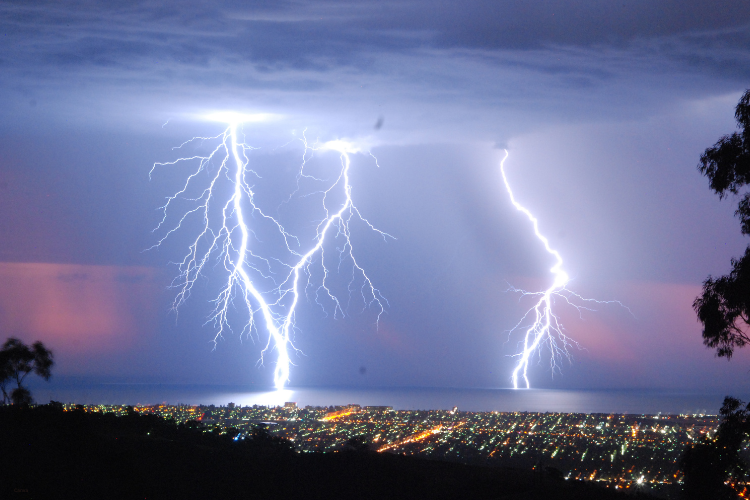
Here we go again. California’s gearing up for another round of wild weather, and this one looks serious. Meteorologists say a massive atmospheric river is barreling toward the coast, ready to soak the state from top to bottom. Think days of relentless rain, flash floods, and gusty winds that can flip umbrellas inside out. The ground’s already waterlogged from earlier storms, which means even a little more could spell trouble. Scientists say these back-to-back systems aren’t random, they’re the new normal in a state caught between fire, drought, and flood. And this week, the flood part is taking center stage.
1. A massive river in the sky is heading straight for California.
/

A long plume of tropical moisture is stretching across the Pacific right now, aiming directly at the Golden State. It’s the kind of setup that meteorologists call an “atmospheric river,” but to the rest of us, it just means buckets of rain. According to Weather West, the system could bring widespread downpours, strong winds, and potential flooding through the week. Northern California will get hit first, then the storm will slide south toward Los Angeles by the weekend. Roads could turn to rivers, and power lines are already being reinforced before the worst hits.
2. Climate change is making California’s storms punch harder.

It’s not just bad luck. The science is clear: a warmer atmosphere holds more moisture, and that means heavier rain. As discovered by the Water Education Foundation, the Pacific is running hotter than usual, feeding more energy into storms like this one. In short, climate change is stacking the deck against California. Storms that used to be “once a decade” are showing up every year, and they’re hitting harder. It’s a vicious cycle—warmer oceans, bigger storms, more flooding. The line between weather and climate is getting blurrier by the season.
3. The state’s aging infrastructure can’t keep up anymore.
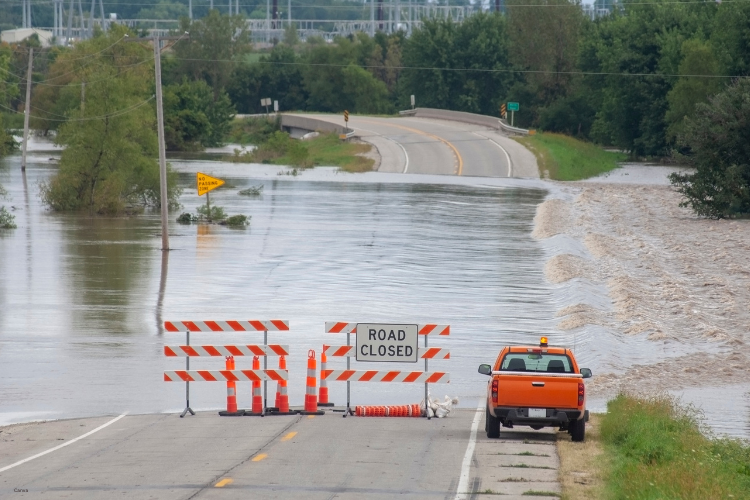
Every big storm reveals the same problem: California’s infrastructure wasn’t built for this. Drains clog, freeways flood, and power grids buckle under high winds. As stated by Weather West, many of the state’s roads and drainage systems are decades old and designed for a much calmer climate. Cities like San Francisco and Los Angeles are scrambling to make quick fixes, but water always finds the weak spot. One backed-up storm drain can turn a whole neighborhood into a lake. It’s not just inconvenient—it’s a warning sign for what’s coming next.
4. Burned hillsides are now ticking time bombs for mudslides.

The wildfires of the past few summers left entire hillsides stripped bare, and those scars haven’t healed. Now, when heavy rain hits, the dirt doesn’t soak it up—it slides. In parts of Sonoma, Ventura, and San Bernardino Counties, emergency crews have already issued warnings for debris flows. Mud, rock, and trees can move faster than cars when the ground gives way. For families living below those slopes, it’s not just about the rain anymore—it’s about what’s coming down with it.
5. Coastal cities brace as sea and sky team up again.
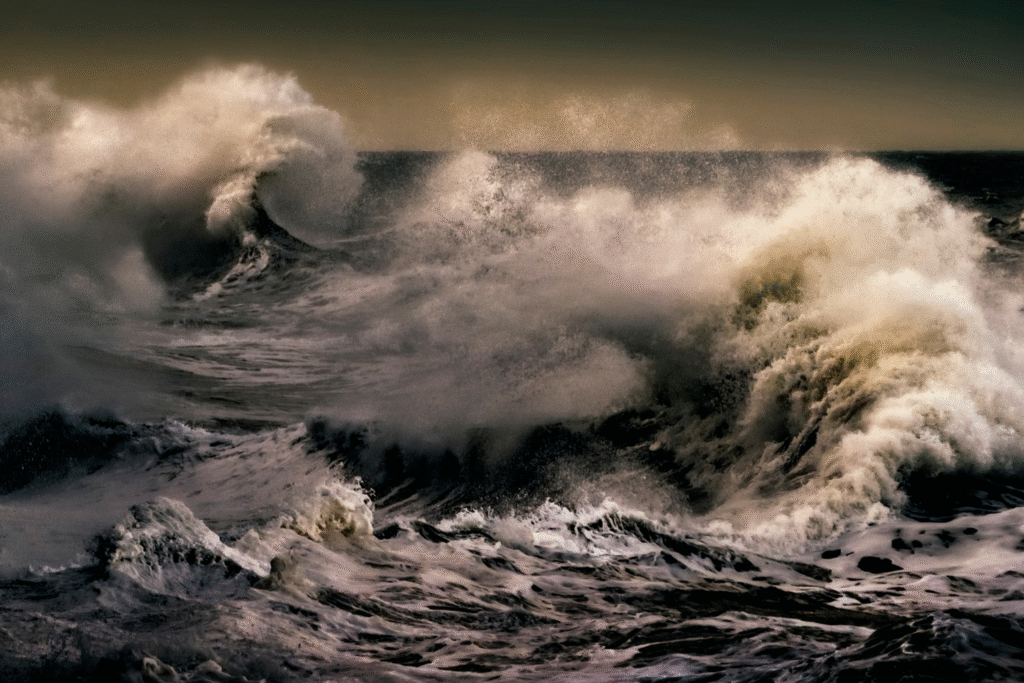
California’s beaches may be beautiful, but they’re taking a beating. Rising tides and powerful surf are colliding with incoming rain to flood coastal roads and homes. In places like Santa Cruz and Pacifica, the ocean is now part of the problem, not just the backdrop. Every year, high tide seems a little higher, and storm surge creeps a little farther inland. People are sandbagging doorways, building barriers, and hoping their basements stay dry. It’s a constant tug-of-war between land and sea—and lately, the sea’s winning.
6. Reservoirs are filling fast, but that’s not all good news.
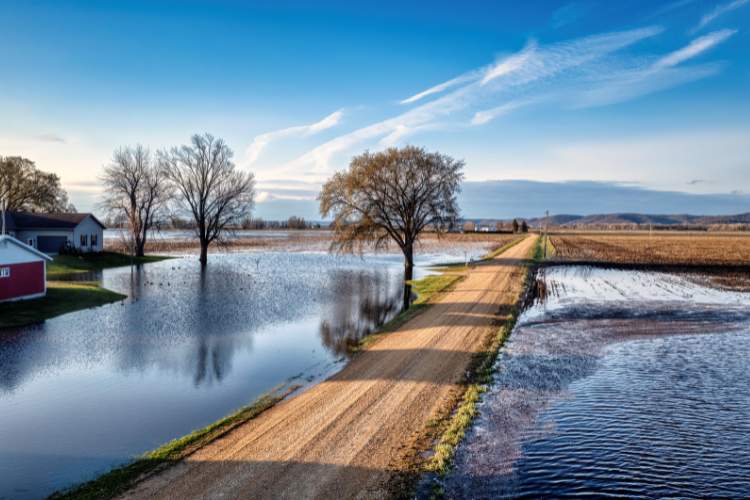
It sounds great when you hear “reservoirs are rising,” but too much, too fast is a problem. Water managers are forced to release excess flow to prevent overflow, and that can mean flooding downstream. The catch is that much of this rain still runs off before it can be stored. California’s water system was built for consistency, not chaos. So even during floods, parts of the state could still face drought next summer. The irony isn’t lost on anyone—too much water today doesn’t mean enough tomorrow.
7. First responders are stretched thin and bracing for impact.

Firefighters, rescue teams, and utility crews are on high alert once again. Swift-water rescue teams are being stationed across the state as rivers swell. Downed power lines and landslides can cut off whole communities. Officials are begging residents not to drive through flooded streets—it’s one of the leading causes of storm deaths, and it happens every time. For emergency workers, this storm season feels endless, and they’re just hoping everyone listens before it’s too late.
8. Residents are adapting in creative, sometimes desperate ways.

Californians are used to extremes, but these storms are testing everyone’s patience. Some people are sealing doorways with duct tape and sandbags, while others are moving valuables upstairs “just in case.” In mountain towns, residents are stocking up on food in case they get trapped by road closures. It’s survival mixed with stubborn pride—because in California, people don’t give up easily. But that doesn’t make it easy watching the sky turn gray again.
9. Scientists say this chaotic pattern is here to stay.
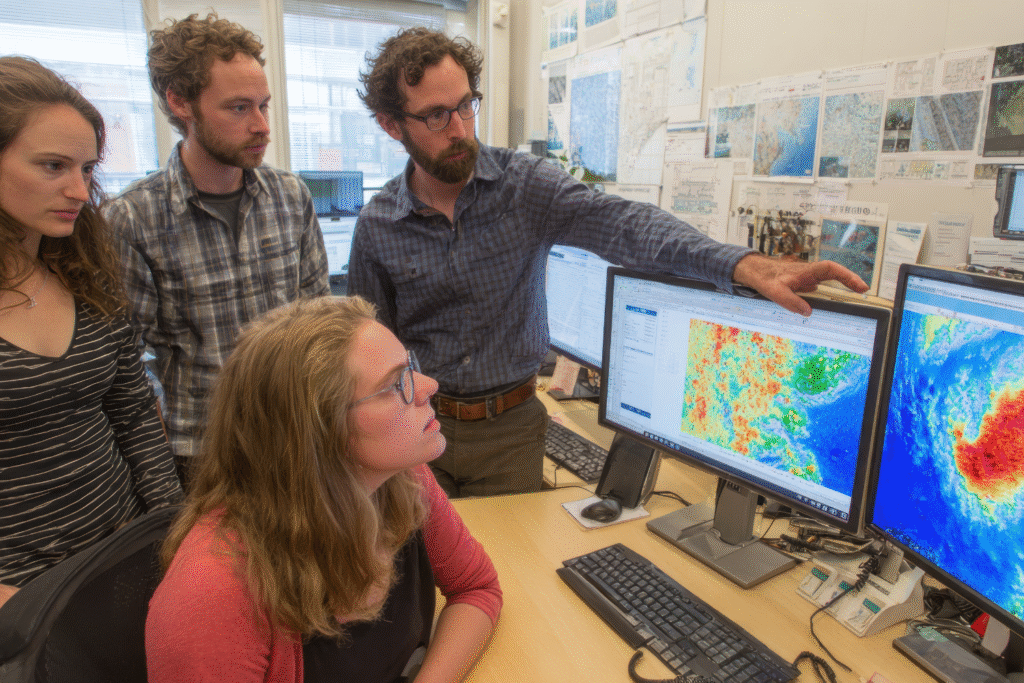
Experts warn that what’s happening this week isn’t a fluke—it’s the future. A warmer planet means more erratic weather everywhere, but California is catching it from all sides. One season brings drought, the next brings floods. It’s a roller coaster that’s only getting faster. Without serious cuts to emissions and smarter water planning, these extreme swings will keep defining the state’s seasons. The phrase “once in a century” doesn’t mean much anymore—it’s starting to sound like “see you next winter.”
10. The next few days will show what California’s made of.
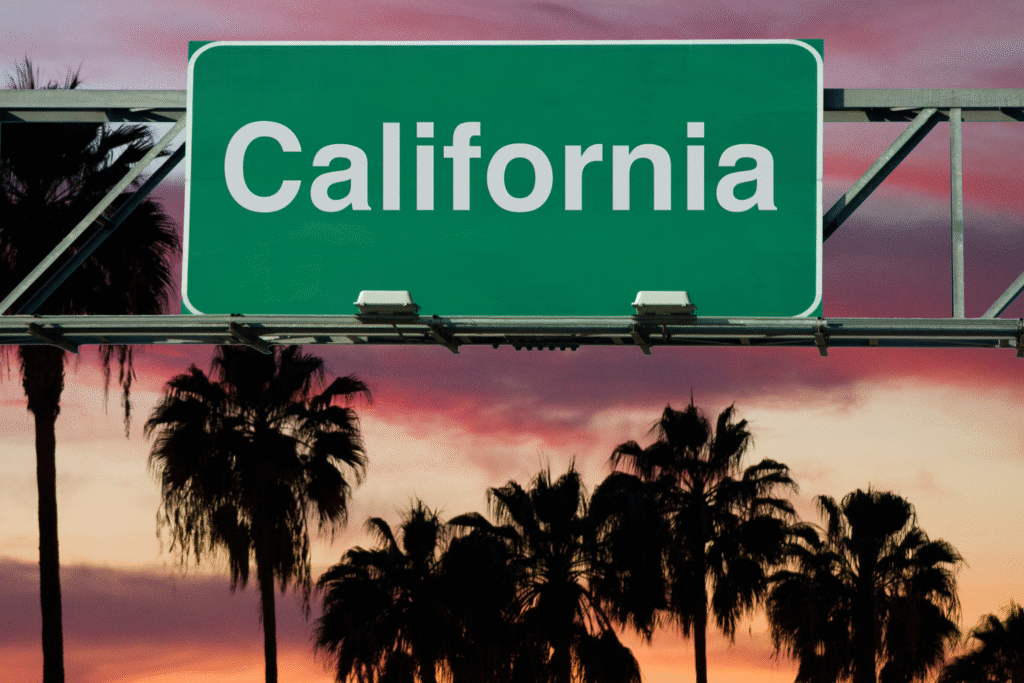
This isn’t the first time the state’s been tested, and it won’t be the last. People here are used to rebuilding, adapting, and finding a way through. Still, there’s a growing sense that something deeper is shifting—the climate, the coastlines, even the definition of “normal.” As the storm barrels in, Californians brace once more, umbrellas in hand, watching the sky open up. There’s resilience in that, sure. But there’s also a quiet question hanging in the rain: how many more of these can the state take?
